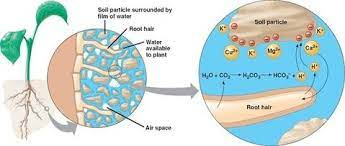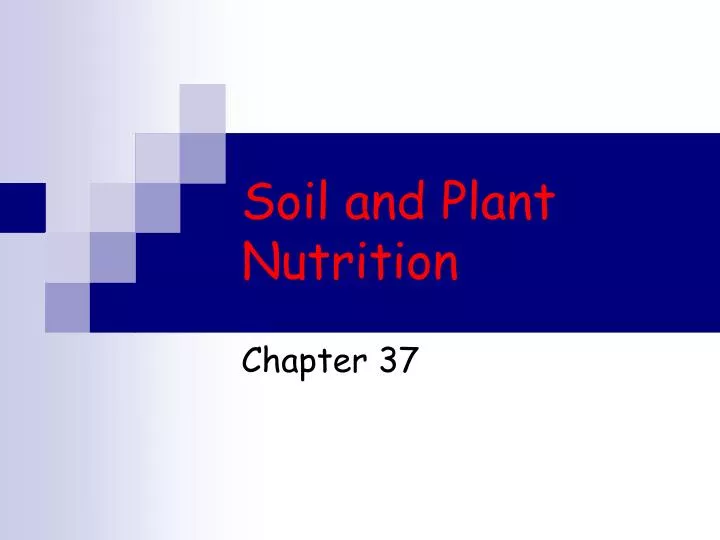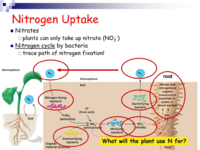Plants take up nutrients in their small, non-bound form.
For metals this is as their Ion, So.. Calcium needs to be in Ca++, Iron in Fe++ etc.
For non-metals such as Nitrogen and Phosphorous this normally is in an oxidized form but N can also be taken up as ammonia.
e.g.
https://talkinghydroponics.com/2018/02/13/how-roots-absorb-nutrients/
View attachment 381302
Soil and Plant Nutrition. Chapter 37. Nutritional Needs. Autotrophic does not mean autonomous plants need… sun as an energy source inorganic compounds as raw materials water (H 2 O) CO 2 minerals. Macronutrients. Plants require these nutrients in relatively large amounts

www.slideserve.com
View attachment 381303
The nice thing about "chemical" fertilizer is that the main nutrients used by the plant are provided in a form that the roots can absorp them without outside help.
Now we move to compost. Compost is rotted / fermented plant material. It is high in carbon, and nutrients are still mostly bound in organic molucules & organic complexes. A plant cannot directly take these nutrients. This is where the mycchoriza and bacteria come in. These are able to break down the organic components and live off that. They subsequently release the nutrients in simpler forms, and particularly with mycchoriza, they provide them directly to the pant root zone. The nutrients shared with the plant are in the forms that you would normally find them in "chemical" fertilizer.
Organic fertilizer is not much more than compost: Balls of organic matter that need time to be broken down. By selecting organic matter with nigh levels if minerals (e.g., seeds which are condensed balls of nutrients), it provides more minerals / nutrients to the soil per gramme than compost would.
Manure is often too high in ammonia, certainly when it comes from poultry. This increases the amount of dissolved chemicals in the soil and reverse osmosis may occur when the concentration of salt in the root is lower than in the soil. The ammonia literally pulls the water out of the roots, very similar to to what happens when the soil dries out.



